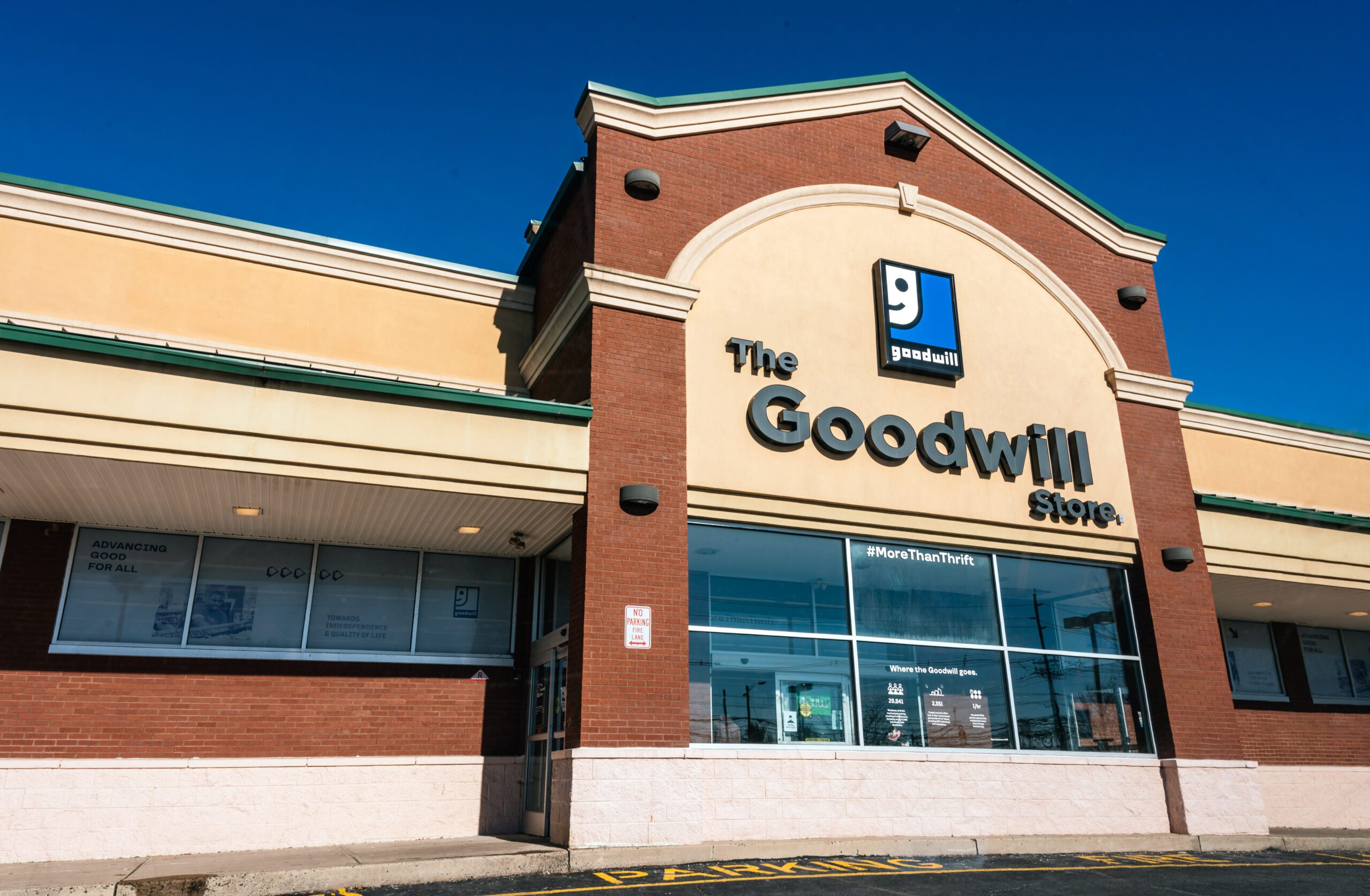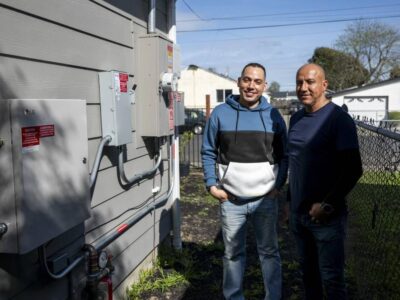Goodwill Industries is keeping its title as “king of the thrift store” by maintaining affordable retail prices while providing top-notch employee hiring and training programs to those who need it most. The Washington-based nonprofit has more than 3,200 locations in North America, diverting nearly 3 billion pounds of goods from landfills to be reused or recycled — as much as 3% of what Americans toss out each year. Despite inflation, the thrift giant has kept the average price of any store item at just $4 while generating $5.5 billion in revenue.
“It’s critical to make the greater good an essential part of your business model,” said former CEO Jim Gibbons. “Goodwill does this by following a business model that, at its core, is based on values that promote the common good. … we measure our business’s success by 1. empowering individuals in the communities we serve; 2. ensuring a self-sustaining community enterprise; and 3. having a positive impact on the environment.”
Goodwill is about so much more than low-cost thrift stores. In addition, the nonprofit has trained more than 120,000 employees in careers such as IT and healthcare, offering supportive services needed for future workforce success.
Working at the company includes numerous training and career advancement benefits such as English language classes, further career education, childcare, and access to transportation to work. The Saint Paul, MN, branch alone was responsible for 725 job placements in the community in 2021.
A starting job at Goodwill might include sorting items for retail outlets and its website. Often, goods that should sell for significantly more than $4 end up on the e-commerce website. Started in 1999 by the Orange County, CA, retail store, the site now sees more than 15,000 transactions a day, most focused on jewelry and high-end or branded items. Between 2020 and 2021, sales increased by more than $80 million to $302 million, pushing website sales to 15% of the company’s yearly income.
It’s that retail and website income that keeps Goodwill’s other services afloat.“We really rely upon proceeds from retail to support our programs,” said Nick Adams, senior director of retail for Goodwill-Easter Seals Minnesota. “If retail drops off, it makes things harder.”
Recently, retail has shown no signs of slowing. With Gen Z demonstrating a new money-saving approach to shopping and other generations lining up due to the current economy, the stores’ popularity continues to skyrocket.
Last year, Goodwill served several millions of individuals across the globe — offering affordable clothing and various household and office items while helping employees grow their skills to work in other fields. Low-cost goods and under-served worker training significantly impact local economies by improving the workforce.
The company also has a massive positive impact on the global push toward net-zero carbon emissions by helping combat wasteful trends such as fast fashion. Overall, the nonprofit encourages people to donate and buy used clothes rather than fill landfills — supporting a circular, reuse-driven, sustainable system.
Donations to Goodwill are tax-deductible, help the environment, and help others in need. To donate, find a drop-off center near you.





